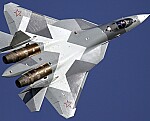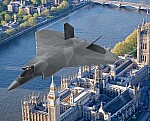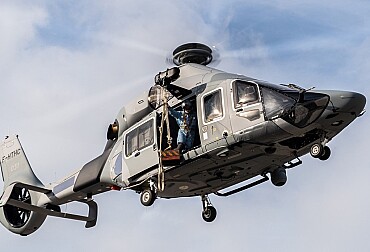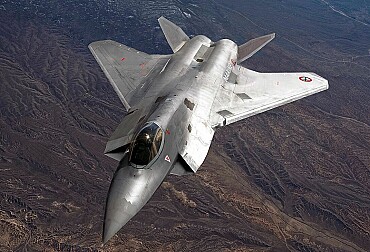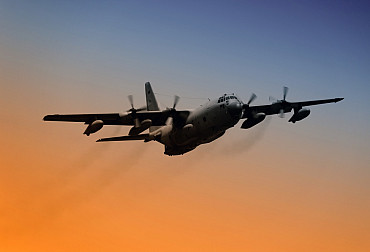The French Strategic Air Forces have carried out a first test firing of the Renovated ASMPA missile
Tests were conducted in France, during which the first launch of the upgraded ASMPA-R anti-ship cruise missile was carried out. This was announced by the French Defence Procurement Agency (DGA).
Earlier in May, the Russian Ministry of Defence announced the start of exercises based on the use of tactical nuclear weapons, allegedly in response to provocative statements by certain Western leaders, starting with those of French President Emmanuel Macron, who has repeatedly raised the possibility of sending ground forces to Ukraine.
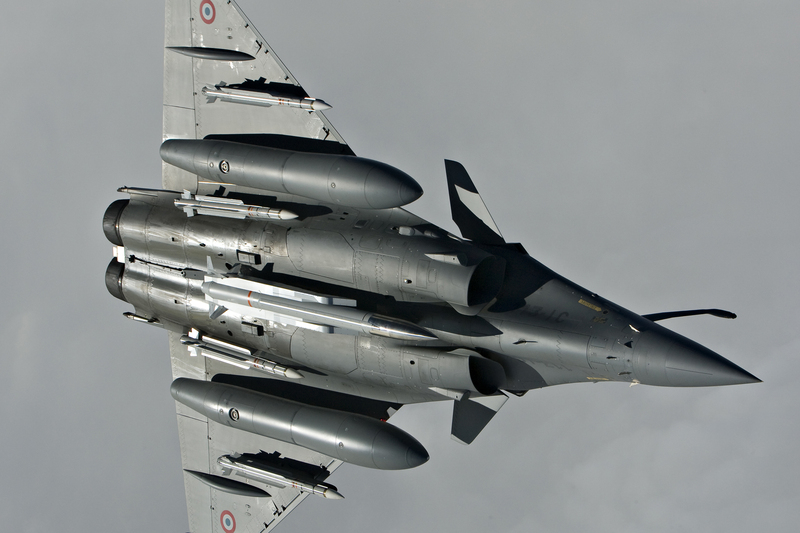
However, on 22 May, the Strategic Air Forces (Forces aériennes stratégiques), part of the French Air & Space Force (l’armée de l’Air & de l’Espace), also carried out a nuclear exercise as part of Operation Durandal, which had been suggested in a NOTAM (message to airmen) published a month earlier by the Aeronautical Information Service of the French Civil Aviation Authority (Direction générale de l’aviation civile ).
The document referred to a national operation called Durandal, involving low, medium and high altitude flights as well as refuelling, interception and missile firing operations in the Atlantic. It also said that there would be three occurrences of activation on three different days, each time for all the zones, including five temporary restricted zones. This NOTAM is valid for the period from 13 May to 14 June.
Normally, Strategic Air Forces nuclear raid simulations are called Poker. Why was it named after Roland's sword at Roncesvalles? The fact remains that this operation gave rise to the first test firing of the ASMP-A Rénové (Renovated) nuclear-capable cruise missile or ASMPA-R. This was announced by the French Ministry of Defence just a few hours after the operation took place.
The ASMP (Air-Sol Moyenne Portée) is a medium-range air-launched supersonic cruise missile carrying a tactical nuclear warhead, developed and produced by the MBDA. It was introduced into service in 1986. An upgraded version of the missile with a different engine and extended range is designated ASMP-A (Air-Sol Moyenne Portée Amélioré). The missile forms one of the basic elements of the French nuclear arsenal.
In French defence doctrine, it is the "missile of last warning" before the full use of the nuclear arsenal in the forsm of intercontinental ballistic missiles. The missile is in the armament of the Strategic Air Forces and of the Naval Nuclear Aviation Force (Force Aéronavale Nucléaire or FANu). Some of the pilots of the Rafale M fighter aircraft operating from the Charles de Gaulle aircraft carrier are trained in the use of the missiles.
Once launched, the ASMP is powered by a solid propellant rocket motor (a booster), which allows it to reach a speed that enables the main propulsion unit, a liquid propellant thruster developed by Aérospatiale, to be switched on. This allows it to fly at a speed of 2M near the ground and 3M at high altitude. The missile is armed with a 300 kT tactical nuclear warhead. It is guided to the target by an inertial navigation system. When launched from high altitude, the missile has a range of 300 km. Around five metres long and weighing 800 kg, the ASMPA-R flies has a range of around 500 km. Its special feature is that it can follow several trajectories) low altitude, very low altitude or high altitude). The Air and Space force received 54 of these new missiles so far.
"This operation, representative of a strategic raid, was carried out over French territory. The raid, made up of A330 Phénix tanker aircraft and Rafale Bs from the Strategic Air Forces, faced an opposing threat from air-to-air and ground-to-air assets from the French Air Force", the French Ministry of Defence explained. The firing of this ASMP-A Renové, with no military payload, and its free flight had been monitored by the missile testing resources of the French Defence Procurement Agency (DGA) from the Biscarosse, Hourtin and Quimper sites.
"A Strategic Air Forces Rafale has just successfully carried out the first flight test firing of an ASMP-A Renové supersonic nuclear missile without an onboard payload. This operation, which has been planned for a long time, gives concrete expression to the ambitions set out in the Military Planning Act for our nuclear deterrent, demonstrating its excellence and operational credibility," commented Sébastien Lecornu, the French Minister for the Armed Forces. "Congratulations to all the forces, ministry teams and industrial partners involved in the operation", he added.
The mid-life renovation programme for the ASMP-A cruise missile was launched in 2016, in order to deal with its obsolescence and, above all, maintain its performance in terms of accuracy and penetration capability until it is replaced by the ASN4G (Air-Sol Nucléaire de 4e Génération) by 2035.
The basis of the French doctrine is the desire to give nuclear weapons a fundamentally political role. The aim is to prevent war: nuclear weapons cannot be a means of coercion or a weapon of use, i.e. a weapon that can be used in the same way as any other. It is also about being able to assert, on the international stage, that France is not dependent on any other power for its survival.
The Strategic Air Forces carry out a large-scale exercise involving the live firing of an ASMP-A missile every eighteen months. The pilots launch missiles after a very long trajectory requiring several in-flight refuellings in order to demonstrate the operational credibility of the airborne component under realistic conditions. The Rafale's range of around 2,000 km requires in-flight refuelling for typical strategic missions. To ensure this, France has a fleet of 14 C-135FR and KC-135R tanker aircraft, replaced by more recent models starting in 2017 with the delivery of the first of 12 A330-MRTTs, with the other aircraft to be delivered this year.



